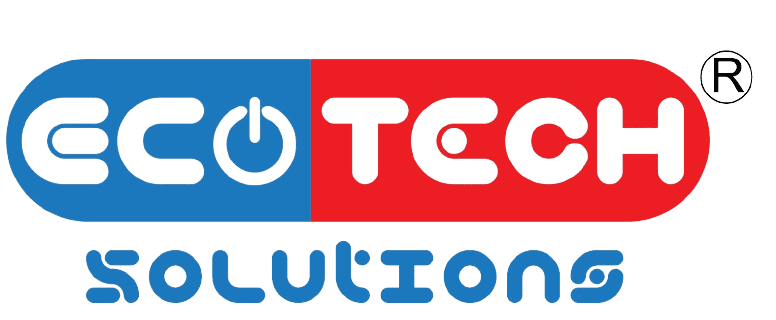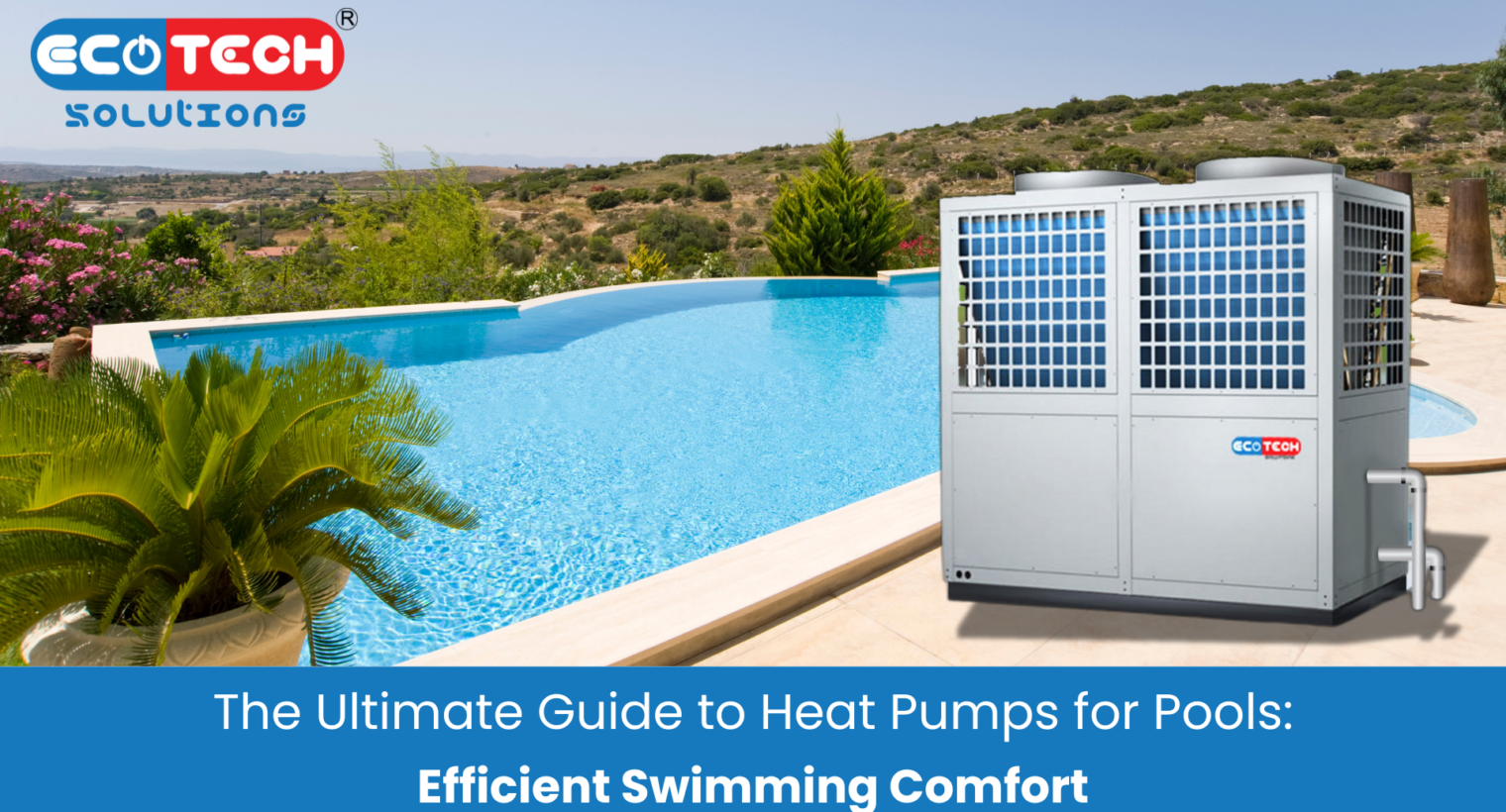A swimming pool heat pump is one of the most efficient ways to extend your swimming season and enjoy warm, comfortable water temperatures even when the weather turns cool. Unlike traditional gas or electric heaters, heat pumps use ambient air to transfer heat into your pool water, making them more energy-efficient and cost-effective in the long run. In this guide, we will explore the benefits of using a heat pump, how to choose the right one, and expert tips for maximizing its efficiency.
Why Choose a Swimming Pool Heat Pump?
1. Energy Efficiency and Cost Savings
A swimming pool heat pump operates using a highly efficient energy transfer process. Unlike gas or electric resistance heaters that generate heat by burning fuel or using electrical coils, heat pumps work by extracting warmth from the ambient air and transferring it to the pool water through a heat exchanger. This method allows heat pumps to consume significantly less electricity while producing five times more heat energy per unit of power used.
How Heat Pumps Save Energy
- Coefficient of Performance (COP): The efficiency of heat pumps is measured by COP ratings, which typically range from 5.0 to 6.0. This means that for every 1 kWh of electricity consumed, a heat pump generates 5-6 kWh of heating energy.
- Lower Operational Costs: Since heat pumps don’t rely on fuel combustion, they can be up to 80% more cost-effective than gas heaters.
- Eco-Friendly Alternative: Heat pumps use renewable energy from the air, reducing carbon emissions and environmental impact.
Comparing Heat Pumps vs. Gas Heaters
| Feature | Heat Pumps | Gas Heaters |
|---|---|---|
| Energy Source | Electricity (Air Heat) | Natural Gas or Propane |
| Efficiency | 400-600% (COP 4-6) | 80-90% |
| Operating Cost | Lower | Higher due to fuel consumption |
| Lifespan | 10-15 years | 5-10 years |
| Eco-Friendliness | High | Low (Produces CO₂) |
With rising energy costs, installing a heat pump can reduce your monthly utility bills, making it an economical long-term investment.
2. Longer Swimming Season
A heat pump extends your swimming season by maintaining a comfortable water temperature regardless of weather fluctuations. Whether you live in a mild climate or an area with cooler nights, a heat pump ensures that your pool is always ready for use.
How Heat Pumps Extend Swimming Time
- Year-Round Swimming (Mild Climates): In regions with moderate winters (such as Florida, Texas, or California), a heat pump can keep your pool warm all year.
- Extended Season (Colder Climates): In areas with seasonal temperature changes, a heat pump can add 3-5 months of extra swimming time.
- Consistent Water Temperature: Unlike solar heaters that depend on sunlight, heat pumps function efficiently even on cloudy days.
Best Temperature Settings for Extended Swimming
| Swimming Activity | Recommended Water Temperature |
|---|---|
| Recreational Swimming | 78-82°F (26-28°C) |
| Therapeutic Use | 85-90°F (29-32°C) |
| Competitive Swimming | 77-80°F (25-27°C) |
By maintaining optimal water temperatures, heat pumps ensure comfortable, enjoyable swimming experiences throughout the year.
3. Low Maintenance and Durability
One of the biggest advantages of a swimming pool heat pump is its low maintenance requirements. Unlike gas or electric heaters that have multiple mechanical components requiring frequent servicing, heat pumps are designed for longevity.
Why Heat Pumps Require Minimal Maintenance
- No Fuel Combustion: Since heat pumps don’t burn fuel, they don’t produce soot, carbon deposits, or residue that require cleaning.
- Fewer Moving Parts: Heat pumps have simple mechanics, reducing wear and tear on components.
- Corrosion-Resistant Components: Many heat pumps feature titanium heat exchangers that resist corrosion from pool chemicals and saltwater systems.
Heat Pump Lifespan and Durability
With proper care, a high-quality heat pump can last 10-15 years—sometimes even longer. Here are key factors that affect its lifespan:
- Proper Installation: Ensuring correct airflow and placement improves efficiency and longevity.
- Routine Cleaning: Keeping the air filter and evaporator coil clean prevents debris buildup.
- Annual Servicing: A professional inspection once a year helps detect potential issues early.
Tips for Maximizing Your Heat Pump’s Lifespan
| Maintenance Task | Frequency | Benefit |
|---|---|---|
| Check Airflow and Vents | Monthly | Prevents overheating and airflow restrictions |
| Clean the Evaporator Coil | Every 3-6 months | Enhances efficiency |
| Inspect Refrigerant Levels | Annually | Ensures optimal heating performance |
| Winterize for Cold Weather | Before winter | Prevents freeze damage in colder climates |
By following these simple maintenance steps, pool owners can ensure their heat pump operates efficiently for years, reducing the need for expensive repairs or replacements.
How to Choose the Right Swimming Pool Heat Pump
1. Determine Your Pool Size and Heating Needs
The first step in choosing a heat pump is calculating the correct size based on your pool’s volume and desired temperature increase. The BTU (British Thermal Unit) rating of a heat pump determines how much heat it can produce.
How to Calculate the Right BTU Size:
- Small Pools (Up to 10,000 gallons) → 50,000-70,000 BTUs
- Medium Pools (10,000-20,000 gallons) → 80,000-100,000 BTUs
- Large Pools (20,000+ gallons) → 100,000+ BTUs
Additional Factors That Affect Heating Needs:
Usage Frequency: If you use your pool daily, a higher-capacity unit ensures consistent temperatures.
Climate: Cooler regions require higher BTU ratings for efficient heating.
Wind Exposure: Pools in open areas with high wind exposure may need more heating power.
2. Consider Your Climate
Your geographical location plays a crucial role in selecting the right heat pump. Different heat pumps perform better or worse depending on the average air temperature in your area.
Choosing a Heat Pump Based on Climate:
| Climate Type | Recommended Heat Pump Features |
|---|---|
| Warm/Moderate (Above 50°F Year-Round) | Standard heat pump |
| Cool/Variable (40°F-50°F) | Heat pump with defrost mode |
| Cold (Below 40°F Frequently) | Hybrid or gas backup recommended |
Defrost Function:
For colder climates, select a heat pump with automatic defrost technology. This feature prevents the evaporator coil from freezing, ensuring the heat pump continues functioning in low temperatures.
💡 Pro Tip: If your area experiences frequent temperature drops, consider pairing your heat pump with a solar cover to trap heat and minimize heat loss overnight.
3. Look for Energy Efficiency Ratings
A high-efficiency heat pump reduces operating costs while maintaining optimal performance. The efficiency of a heat pump is measured by the Coefficient of Performance (COP).
Understanding COP Ratings:
- A higher COP means greater efficiency.
- Most pool heat pumps have a COP between 4.0 and 6.0.
- A COP of 6.0 means the pump produces 6 units of heat for every 1 unit of electricity consumed.
Other Energy-Saving Features to Consider:
✔ Variable-speed fans for precise airflow control
✔ Digital thermostats for accurate temperature management
✔ Smart controls & timers to optimize energy consumption
4. Noise Levels
Heat pumps generate noise due to the compressor and fan operation. Some models are quieter than others, making them ideal for residential areas or backyards with noise restrictions.
How to Choose a Quiet Heat Pump:
Rubber vibration pads can further reduce operational noise.
Look for models with noise levels below 60 dB (equivalent to normal conversation).
Scroll compressors operate quieter than traditional reciprocating compressors.
5. Warranty and Brand Reputation
A good warranty and reliable brand ensure long-term peace of mind.
Best Heat Pump Brands for Reliability:
✔ Hayward – Known for durability and energy efficiency
✔ Pentair – High-performance models with advanced controls
✔ Raypak – Budget-friendly with strong warranties
✔ AquaCal – Ideal for saltwater pools
What to Look for in a Warranty:
Heat Exchanger Coverage: Titanium exchangers last longer and are often warrantied for life
Compressor Warranty: At least 5-10 years
Parts & Labor: Minimum of 2-5 years
Installation Tips for Maximum Efficiency
1. Proper Placement
✅ Install in a well-ventilated, open space for optimal airflow.
✅ Keep at least 24 inches of clearance on all sides.
✅ Avoid enclosures or tight spaces that trap hot air.
2. Ensure Correct Sizing
📌 Avoid undersized units—they will struggle to maintain the desired temperature.
📌 Oversized units may cycle on and off too frequently, reducing lifespan.
3. Use a Pool Cover
🔹 A solar pool cover retains heat and reduces evaporation by up to 70%.
🔹 Less heat loss = less work for your heat pump = lower energy costs.
4. Regular Maintenance
✔ Clean air filters & evaporator coils every 2-3 months.
✔ Check for leaks or blockages in airflow.
✔ Schedule professional servicing annually.
Maximizing Energy Efficiency and Performance
To get the best results from your heat pump, follow these efficiency-boosting tips:
1. Set a Consistent Temperature
🚀 Avoid frequently adjusting the temperature—this causes excessive cycling and higher energy costs.
🚀 Ideal pool temperature: 78°F – 82°F for general use.
2. Run During Off-Peak Hours
⚡ Electric rates are lower at night in many areas.
⚡ Check with your energy provider for off-peak discounts.
3. Use a Timer
⏳ Set your heat pump to operate only when needed.
⏳ Avoid running it 24/7, which wastes energy.
Conclusion
Investing in a swimming pool heat pump is an excellent way to prolong your swimming season, reduce energy costs, and enjoy warm water even during cooler months. By choosing the right heat pump, ensuring proper installation, and following energy-saving tips, you can make the most out of your pool heating system.


